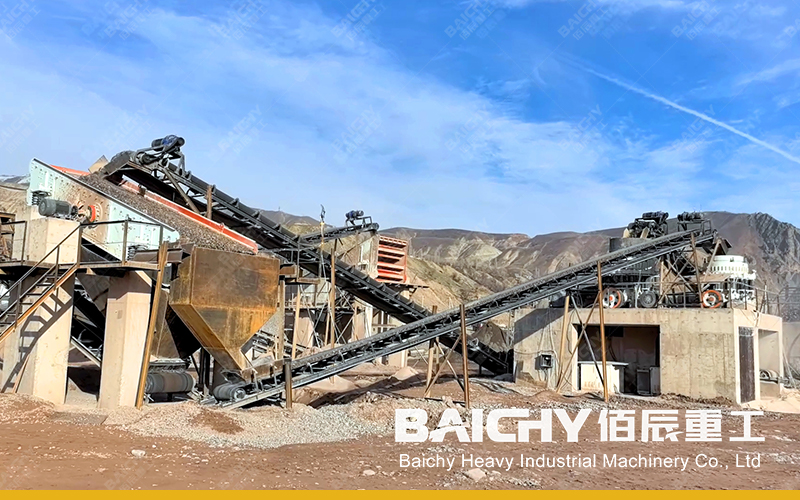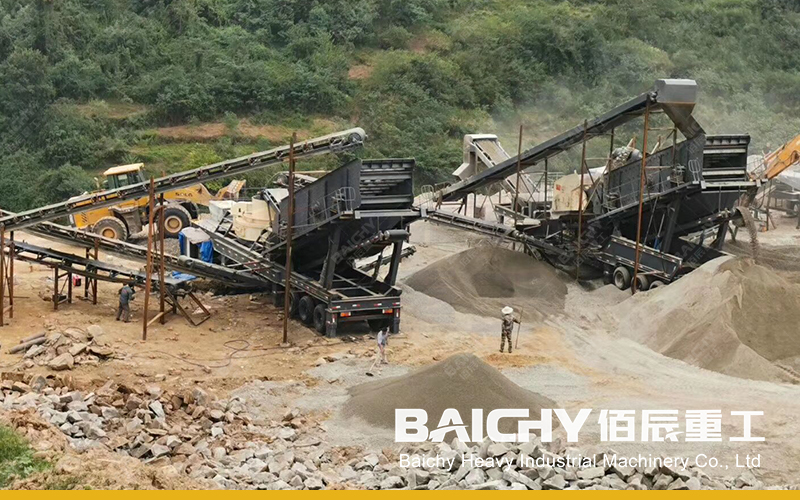
The configuration plan of spring cone crusher PYB900 fixed crushing station is usually designed based on specific production needs and site conditions. The following is a basic configuration scheme reference:
Spring cone crusher PYB900 stationary crushing plant
1. Host part
• PYB900 spring cone crusher: As the core equipment of the crushing station, it has strong crushing capacity, high output, low energy consumption, and can handle ores and rocks of various hardnesses.
• Motor: Provides power to the PYB900 spring cone crusher to ensure its normal operation. Motor selection should be determined based on the power requirements of the equipment and the working environment.
2. Feeding part
• Vibrating feeder: used to feed the materials to be crushed into the crusher evenly and continuously. The selection of a vibrating feeder should be determined based on the nature of the material and the output requirements.
S• ilo: used to store materials to be crushed to ensure continuous and stable operation of the crusher. The capacity of the silo should be designed according to production needs.
3. Discharging part
• Vibrating screen: used to screen crushed materials and separate materials that meet the requirements. The screening efficiency and screening accuracy of the vibrating screen have an important impact on product quality and output.
• Conveyor belt: conveys the screened materials to a designated location to facilitate subsequent processing or storage. The selection of conveyor belts should be determined based on the nature of the material and production requirements.
4. Auxiliary system
• Lubrication system: Provides lubrication for the PYB900 spring cone crusher to reduce equipment wear and extend service life. The lubrication system should be inspected and maintained regularly to ensure normal operation of the equipment.
• Control system: Centralize control of the entire crushing station to achieve automated production. The control system should have the characteristics of simple operation, high reliability, and complete functions.
5. Safety facilities
• Protective cover: protect the personal safety of operators and prevent injuries from splashing materials.
• Emergency stop button: Quickly cut off the power supply and stop the equipment in an emergency.
It should be noted that the above configuration scheme is for reference only, and the specific configuration scheme should be determined based on actual production needs and site conditions. At the same time, factors such as equipment performance, quality, price, and after-sales service should be fully considered during the configuration process, and equipment and accessories with high cost-effectiveness and reliable quality should be selected.









